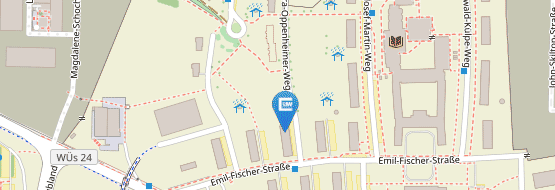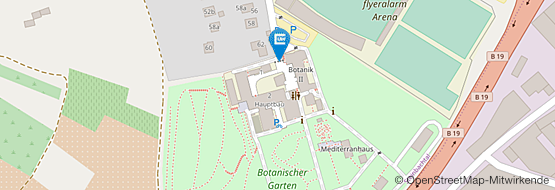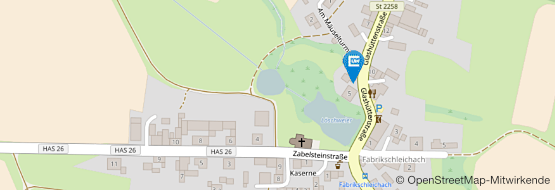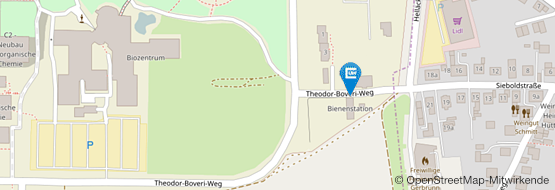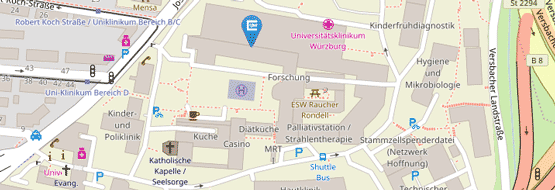Sebastian König
Dr. Sebastian König
Technische Universität München
Hans-Carl-von-Carlowitz-Platz 2

- Diversity patterns and community assembly processes along elevational gradients
- Ecosystem functions (e.g., predation, herbivory, parasitism)
- Species traits and niches
- Joint species distribution modelling
- Biodiversity conservation
- Orthoptera taxonomy and faunistics
- Foodwebs, plant-herbivore interactions and network structure
- Phylogeny-informed specialisation metrics
- DNA-metabarcoding (insect food and microbiome)
Education
04/2019 - present: PhD Student, Julius-Maximilians-University of Würzburg, Department of Animal Ecology and Tropical Biology; Main Focus: Linking traits and phylogeny to diversity patterns, community assembly processes and ecosystem functions along elevational gradients; foodwebs and network structure along climatic gradients with link to microbiota. Supervision by Prof. Dr. Ingolf Steffan-Dewenter, Prof. Dr. Jochen Krauss
04/2016 – 03/2019: Master of Science in Biology, Julius-Maximilians-University of Würzburg; Main Focus: Cell and Developmental Biology, Molecular Ecology, Tropical Ecology and elevational gradients in species diversity (South Africa and European Alps). Master Thesis: „Drivers of grasshopper diversity along an elevational gradient in the National Park Berchtesgaden“ (Department of Animal Ecology and Tropical Biology (Zoology III), University of Würzburg)
10/2012 – 03/2016: Bachelor of Science in Biology, Julius-Maximilians-University of Würzburg; Main Focus: Zoology, Animal Ecology, Animal Behaviour. Bachelor Thesis: „Einfluss von Habitatgröße und Anteil an halbnatürlichem Habitat in der Landschaft auf heuschreckenzönosen in Kalkmagerrasen“ (Department of Animal Ecology and Tropical Biology (Zoology III), University of Würzburg)
2022
Thorn, S., König, S., Fischer-Leipold, O., Gombert, J., Griese J. & Thein, J. (2022) Temperature preferences drive additive biotic homogenization of Orthoptera assemblages. Biology Letters 18: 20220055. doi: 10.1098/rsbl.2022.0055
König, S., Krauss, J., Keller, A., Bofinger, L. & Steffan-Dewenter, I. (2022) Phylogenetic relatedness of food plants reveals highest insect herbivore specialization at intermediate temperatures along a broad climatic gradient. Global Change Biology 28: 4027-4040. doi: 10.1111/gcb.16199
2021
Bötzl, F.A., Krauss, J., Heinze, J. Hoffmann, H., Juffa, J., König, S., Krimmer, E., Prante, M., Martin, E.A., Holzschuh, A. & Steffan-Dewenter, I. (2021) A mulitaxa assessment of the effectiveness of agri-environmental schemes for biodiversity management. PNAS 118: e2016038118. doi: 10.1073/pnas.2016038118
2019
König, S. & Krauss, J. (2019) Get larger or grow longer wings? Impacts of habitat area and habitat amount on Orthoptera assemblages and populations in semi-natural grasslands. Landscape Ecology 34: 175-186. doi: 10.1007/s10980-018-0762-5




